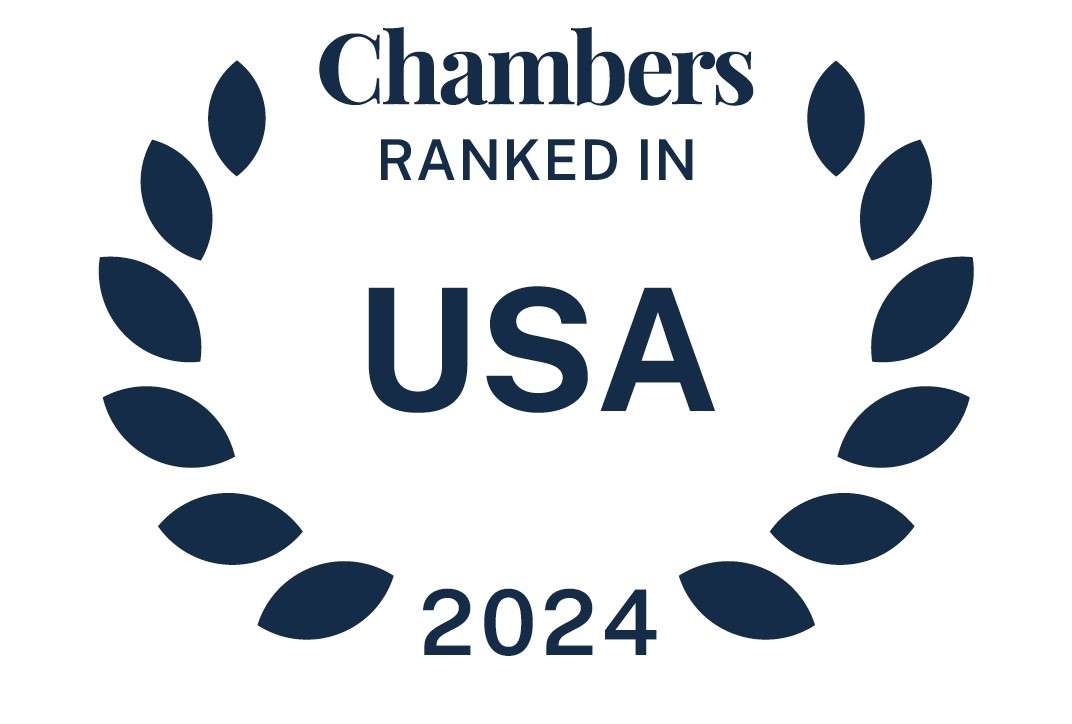On December 6, 2013, in Rochow v. Life Insurance Company of North America, 737 F.3d 415 (6th Cir. 2013), the Sixth Circuit affirmed a district court ruling that an insurance company that improperly denied ERISA disability benefits must not only pay the benefits sought, but also disgorge its profits earned on those benefits. In that decision, a split panel of the Sixth Circuit held that ERISA’s remedial provisions did not preclude a participant from seeking recovery of his wrongfully denied benefits under ERISA Section 502(a)(1)(B) as well as other equitable relief under ERISA Section 502(a)(3). However, Judge McKeague wrote a stinging dissent, arguing that the majority’s ruling was “an unprecedented and extraordinary step to expand the scope of ERISA coverage” that was “contrary to clear Supreme Court and Sixth Circuit precedent.”
After that decision, the insurance company sought a rehearing and review of the majority’s ruling en banc, which involves a rehearing by all active Sixth Circuit judges. On February 19, 2014, a majority of the Sixth Circuit’s judges granted the motion for rehearing en banc, which serves to vacate the earlier panel’s December 6, 2013 decision. The parties are now set to file supplemental briefs by May 12, 2014, with an argument to the en banc panel expected for this summer. This decision will be important in determining whether ERISA’s remedial provisions provide for both recovery of benefits and disgorgement of profits (or other equitable relief) in the same lawsuit.
read more


 Subscribe
Subscribe




